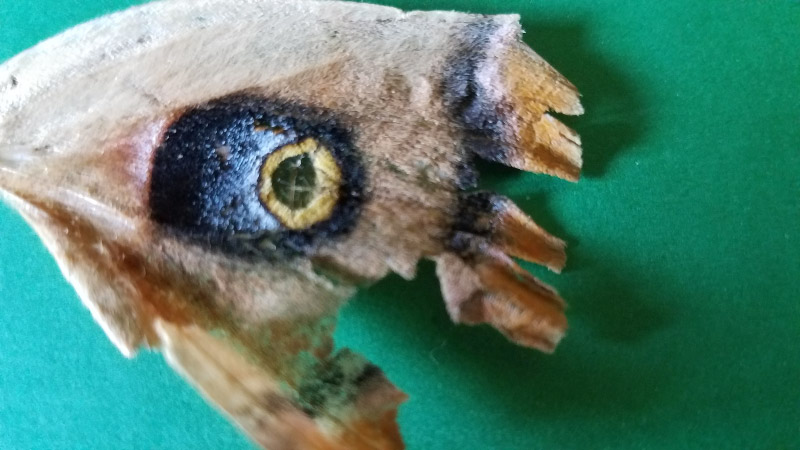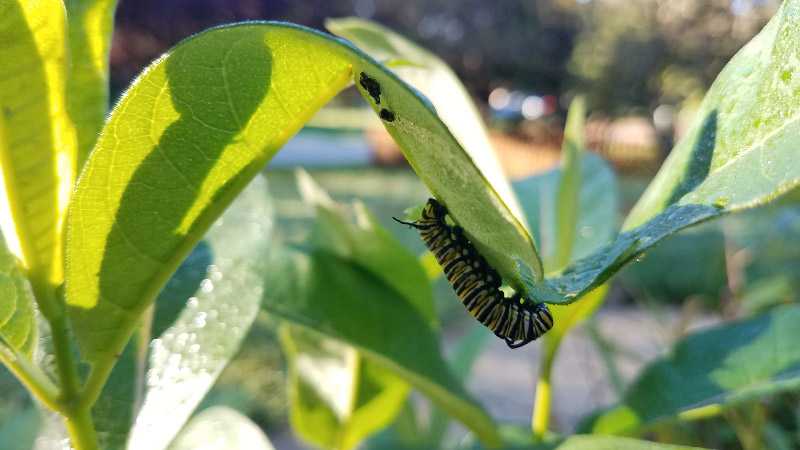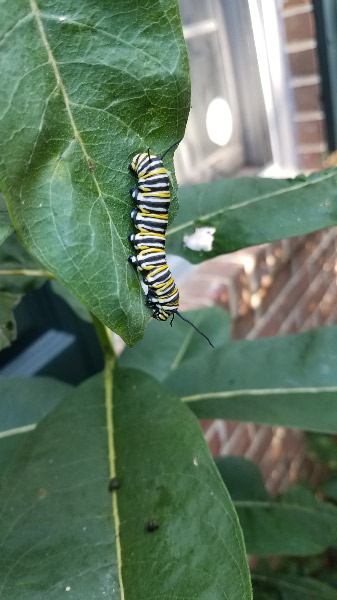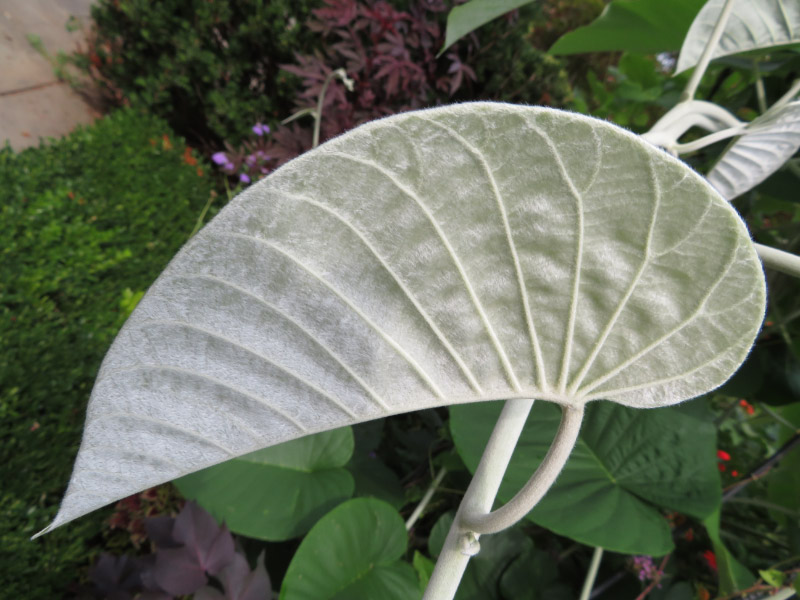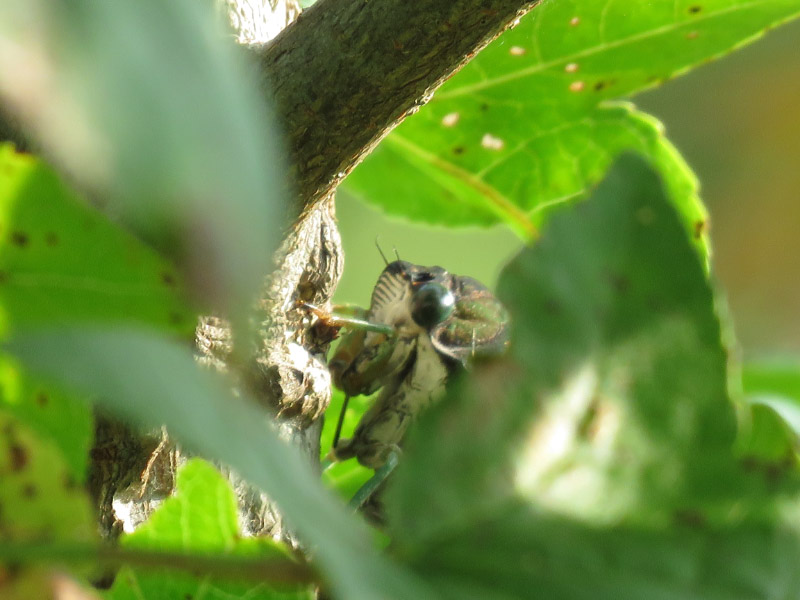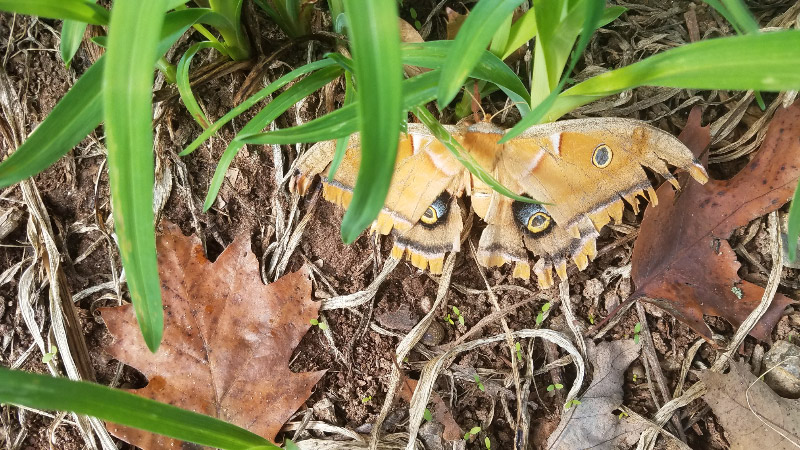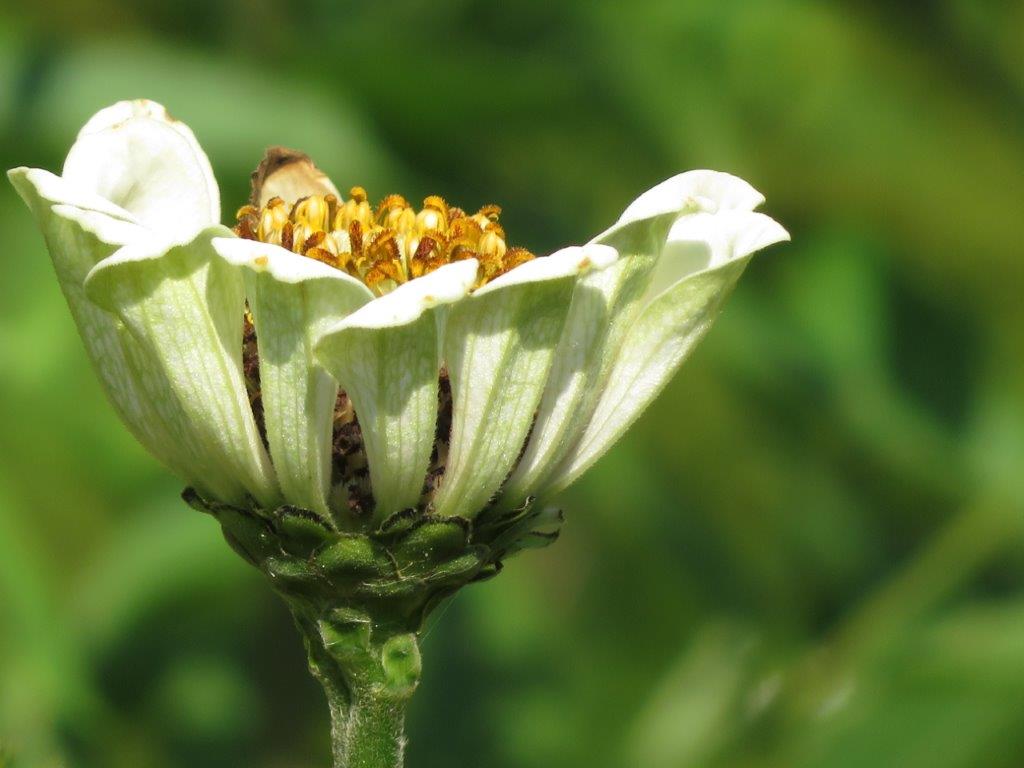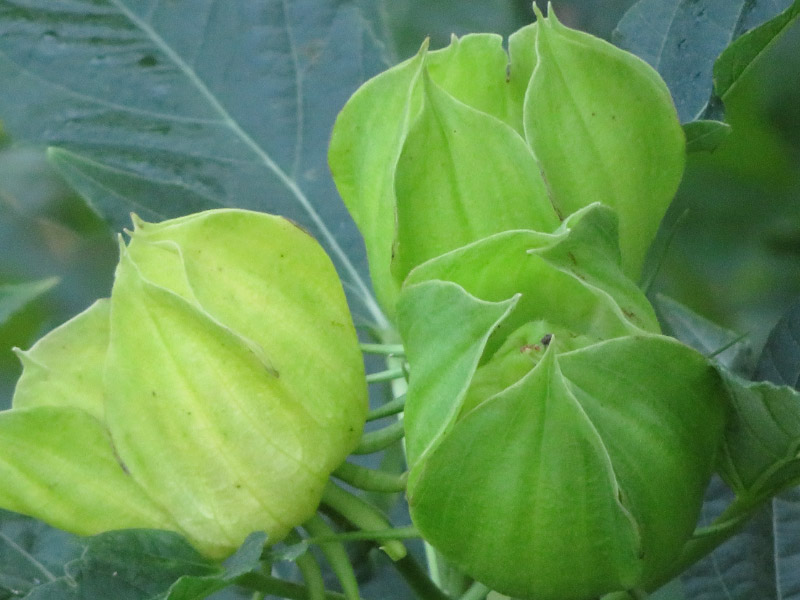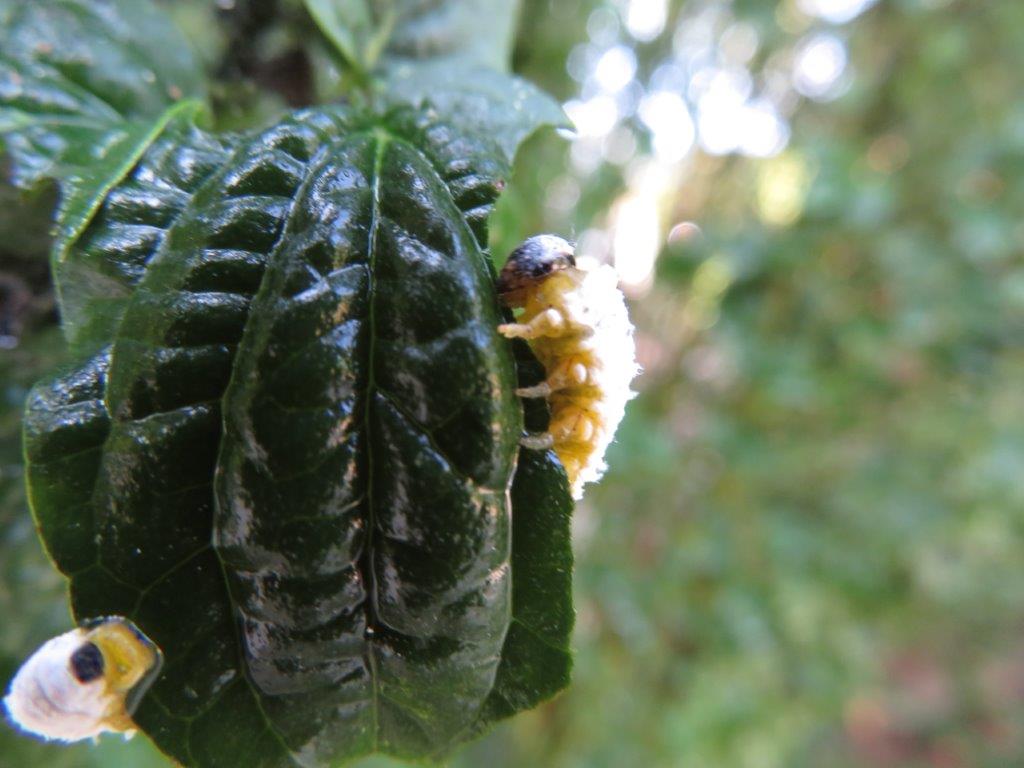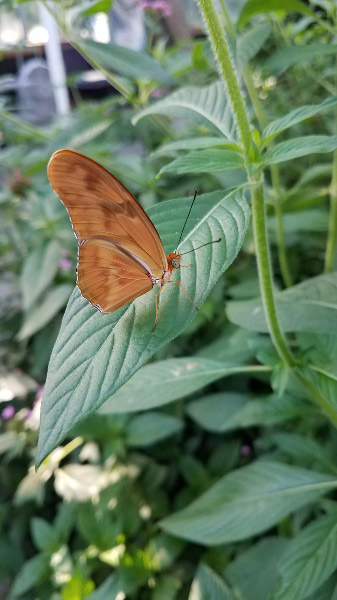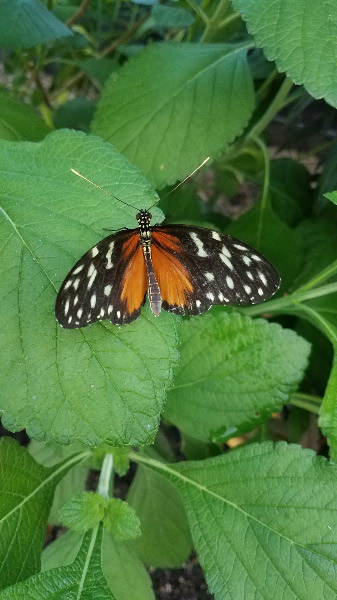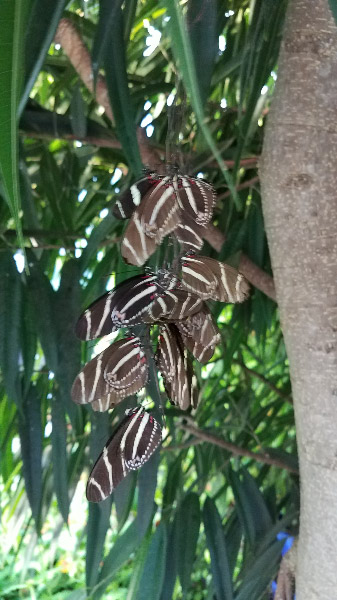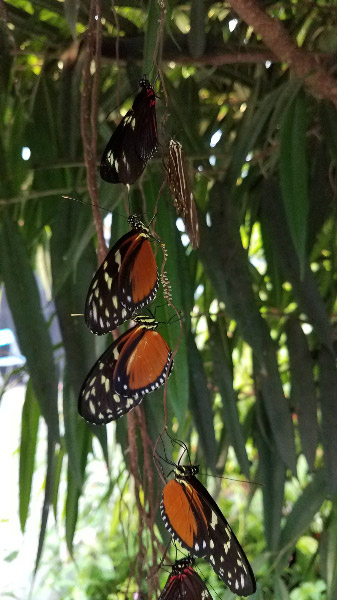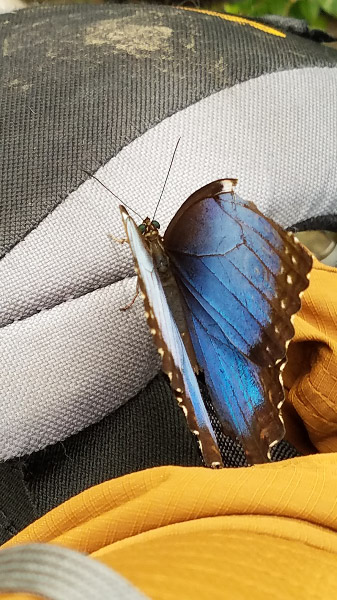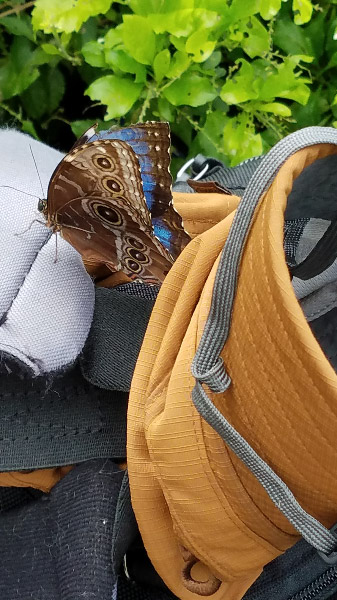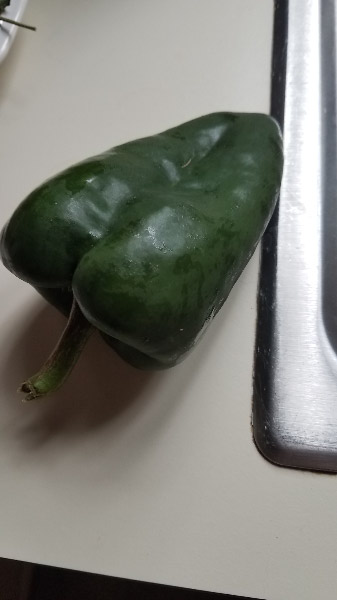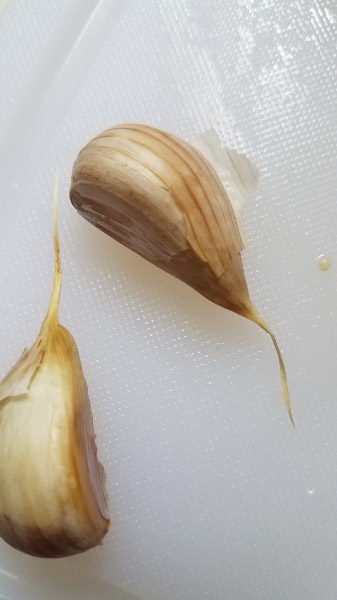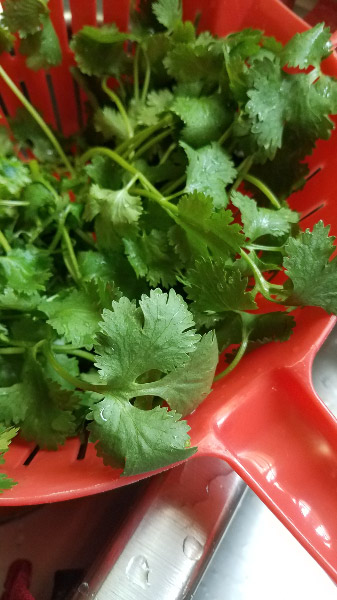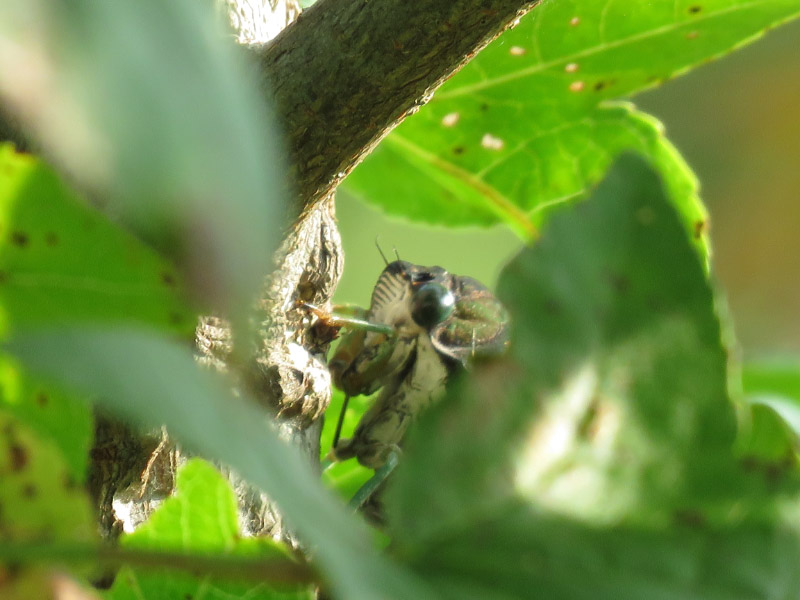These are not all the issues of Revue Horticole available from Internet Archive. I’m still working my way through issues in September!
Journal des Roses (1906 ) * Cochet, M. Scipion * sample image * 1906
Manual of Grasses of the Unitied States * Hitchcock, Albert Spear; Chase, Agnes * sample image * 1950
The native flowers of New Zealand * Hetley, GB * sample image * 1888
Plantae utiliores V1 * Burnett, Mary Ann; Burnett, Gilbert Thomas * sample image * 1840
Plantae utiliores V2 * Burnett, Mary Ann; Burnett, Gilbert Thomas * sample image * 1840
Revue Horticole (1844-1845) * Librairie Agricole de la Maison Rustique * sample image * 1845
Revue Horticole (1846) * Librairie Agricole de la Maison Rustique * sample image * 1846
Revue Horticole (1847) * Librairie Agricole de la Maison Rustique * sample image * 1847
Revue Horticole (1848) * Librairie Agricole de la Maison Rustique * sample image * 1848
Revue Horticole (1850) * Librairie Agricole de la Maison Rustique * sample image * 1850
Revue Horticole (1851) * Librairie Agricole de la Maison Rustique * sample image * 1851
Revue Horticole (1849) * Librairie Agricole de la Maison Rustique * sample image * 1849
Revue Horticole (1852) * Librairie Agricole de la Maison Rustique * sample image * 1852
Revue Horticole (1853) * Librairie Agricole de la Maison Rustique * sample image * 1853
Revue Horticole (1854) * Librairie Agricole de la Maison Rustique * sample image * 1854
Revue Horticole (1855) * Librairie Agricole de la Maison Rustique * sample image * 1855
Revue Horticole (1856) * Librairie Agricole de la Maison Rustique * sample image * 1856
Revue Horticole (1861) * Librairie Agricole de la Maison Rustique * sample image * 1861
Revue Horticole (1862) * Librairie Agricole de la Maison Rustique * sample image * 1862
Revue Horticole (1863) * Librairie Agricole de la Maison Rustique * sample image * 1863
Revue Horticole (1864) * Librairie Agricole de la Maison Rustique * sample image * 1864








































